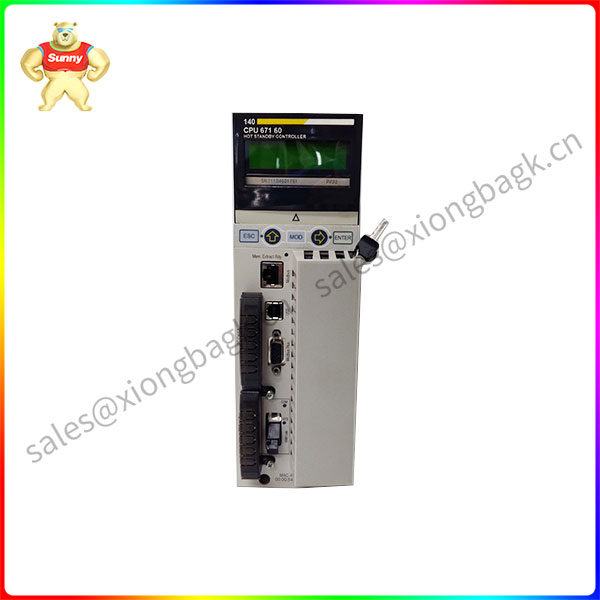Abstract: The structure of aviation engine casings is complex, the manufacturing precision is high, and the processing difficulty is great. In order to improve the process design efficiency and quality of aircraft engine casing products, the problems to be solved in 3D process design of the casing parts were analyzed, the methods of 3D process design were studied, and the technical route of 3D process design of the casing parts was constructed. The feasibility of 3D technology is verified by a case product, which lays a solid foundation for the application and popularization of 3D technology in aero engine.
Key words: cartridge technology; MBD; Three-dimensional technology; Feature recognition; Knowledge reasoning; Process model
The structure of aviation engine casings is complex, the manufacturing precision is high, and the processing difficulty is great. At present, enterprise technicians are mainly formed in the brain through experience in process design, lack of effective use and support for three-dimensional CAD model, computer analysis of process and auxiliary support for processing process planning is relatively lacking, the feasibility of the process depends largely on the personal experience of the process personnel, in addition to CAM design, The process personnel need to design the three-dimensional model of each process, resulting in high requirements for the process design personnel, and the workload is huge. Therefore, the development and application of intelligent 3D process technology is an urgent need for the process design of aircraft engine casing products.
1. The demand for 3D process technology of cartridge products
1.1 Development status and main problems of 3D technology at home and abroad
The United States is the first country to apply 3D digital technology. Model based definition (MBD) is a new generation of product definition method officially implemented on Boeing 787 aircraft after more than 10 years of basic research by the American 
Some domestic enterprises have gradually applied 3D digital process technology, such as the manufacturing process of JF-17 aircraft and ARJ21 aircraft nose, combined with the development direction of digital manufacturing technology to carry out some 3D process planning pilot application [3].
However, at present, there are still some problems in the development of 3D digital process design technology at home and abroad. First, the construction efficiency of 3D process model is not high. Although there are some auxiliary means for process model construction, such as establishing 3D process model in turn according to the process of reverse processing process through synchronous modeling [4], 3D process model can be built in sequence. Or the product parametric modeling based on UG/WAVE [5] and other technical means can improve the design of the process model, but the automatic generation technology of the process model is not widely used at present, and how to automatically generate the 3D process model has become the bottleneck problem in the 3D machining design [6]. Secondly, there is no auxiliary process design and planning based on accumulated process knowledge and experience, which leads to low efficiency and low standardization of process design.
1.2 Analysis of the characteristics and processing technology of the casing parts
Aero-engine is the “heart” of an aircraft and an important embodiment of a country’s processing and manufacturing technology [7]. As one of the most critical and important components of aero-engine, the casing is an important component supporting rotor and fixed stator, distributed in aero-engine fan, compressor, combustor, turbine, exhaust system and other components [8-9]. The parts of the casing are generally of rotary structure, and the performance of different parts is achieved by configuring different features (such as boss, cavity, groove, hole, etc.). Affected by the working environment, different processing materials are used for different parts of the casing [10].
Aircraft engine casing parts are the focus and one of the difficulties in aircraft engine manufacturing. Different materials, different characteristics and different form and position tolerances require matching processing technology, and they can only be skillfully applied after considerable engineering practical experience. Due to the difference of engineering experience of different technicians, the stability, maturity and reliability of the current organic box processing technology are not high.
In order to meet the requirements of cartridge processing technology under the condition of digital production, it is necessary to use digital means to summarize, integrate and integrate various types of machining experience and various characteristics, form a directly callable cartridge processing knowledge base, and ensure the stability, maturity and reliability of cartridge processing technology through digital means.
1.3 Requirements of 3D digital process technology for cartridge parts
According to the characteristics of cartridge products and the status quo of process design, the existing model has the following four requirements.
(1) Better inherit and utilize the three-dimensional design model of the cartridge. Although the process personnel can receive the 3D model of the casing parts established by the designer, the model and the PMI marking information on the model cannot be directly used by the process system. If the model and the PMI marking information are only used for viewing, but cannot assist the process personnel in process analysis and decision making, the value of the model and marking itself will be greatly reduced.
(2) Make better use of the large amount of cartridge parts process knowledge and experience accumulated by the enterprise. Enterprises have a variety of norms and standards, but these knowledge, experience, norms and standards are independent of the system, the process personnel need to find, select. The use of compliant codes and standards also requires the design experience and knowledge of the process personnel. Even if the appropriate data is found, the process personnel need to copy and paste it into the process system before it can be reused. Lack of knowledge accumulation and reuse system to ensure that the enterprise’s process knowledge is very easy to lose, resulting in some design quality problems in the production process repeatedly, causing quality fluctuations.
 中文版
中文版




